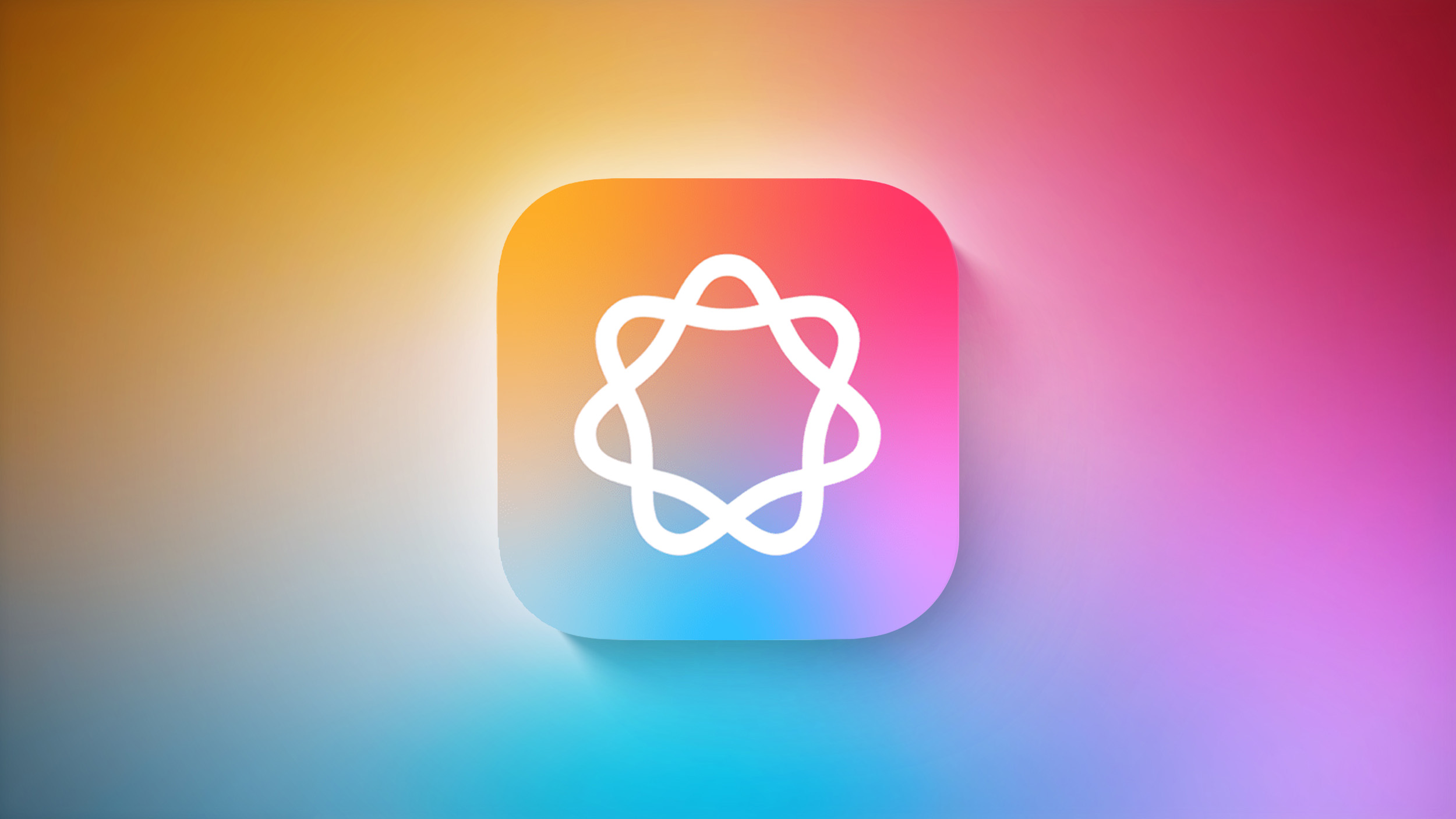Introduction
Clients across the globe are getting into the Transformation journey started with SAP S/4HANA.
In this blog, we will take one of the use cases to discuss how the master data (MDG) journey will be the stepping stone for SAP S/4HANA Transformation and the needed steps to achieve it.
This is the 5th blog in this series. Please go through the previous parts in the given below link
https://blogs.sap.com/2023/01/27/sap-mdg-a-stepping-stone-for-sap-s-4hana-journey-part-i/
Key Aspects for MDG : Deep Dive
B. MDG Specific
B.3 Workflow
Workflow : Multiple steps of action which can be performed either serially / or in parallel
In the master data terms, it would be an requestor, enricher and approver.
In this section, we will discuss the various needs of operating model & approach for MDG workflow flexibility to fulfill the needs
Operating Models
For master data to be successfully managed, then it needs the specific set of people / process to be operated
There are multiple of models which exists in the business
CentralizedDecentralized – Multiple functionsHybrid – Functions owns & central team approves
The challenge is that in a business there could be multiple segments, markets for which we can’t apply one operating model across globally which might impose some operational challenges
There needs a flexibility to operate multiple models depending upon the segments and markets
Requirements for operating model flexibility
As we focus on the governance, we will consider the centralized & hybrid operating model for requirements
For requirements collection, discussion with business to understand their current business operating models, pain points and areas of improvements
Understand the corporate vision, transformational goals while defining the requirements for the future
As customer master data have been taken as example for this discussion
There would be atleast 4 dimensions by which requirements can be defined
Segments: In business, there could be multiple sub areas of business which have been needed to support the main business. Or it could be formed due to the acquisition and mergersMarkets : Countries in which the business are operating.Functions : These are the business functions which are responsible for master dataAccount Group : SAP Account groups for master data
Depending upon the size of the markets, the functions might be operated by a single or multiple teams
Within the segments, markets & by account group the requirements differ. There could be account group: Intercompany where it needs a centralized model whereas others doesn’t need to.
Workflow Requirements :
MDG workflow Framework
For solution approach discussion, we will be considering the data collation, maintenance, approval process to be done in MDG system
As SAP MDG being the global MDM system, its needs to be flexible enough to accommodate multiple requirements
In MDG perspective, there would be 3 sets of personas
Control Table
In the control table build on MDG, a sample requirements have been build.
An quick overview of the the table
CR Type – Business process such as Create, Change, Block, Mark for delete etc.Account Group – Defined account groupsOrg Level Company code – the segment and market are considered as the company code. Enterprise Structure is the key thing to be understood it well to see if this suits. There are cases, only company code might not be enough. It might need to add Sales Org as well.Business Functions – Requestor – Requestor is the first & mandatory step of the workflow. It would be created as roles access and given to the functions who needs to perform. In this example, CommercialBusiness Functions – Enricher – The specific business functions who provides inputs for specific data sets is given. Depending upon the requirements, there can be made relevant as given belowBusiness Functions – Approver – While the business functions enters the data, does a approver within their functions needed ? If yes, local functions approver comes in to pictureCentral MDM Approver – Final and mandatory step where it acts a global team which checks and approves all the processes
SAP MDG offers various workflow solution through which we can manage the requirements. For this requirements, the dynamic agent selection concept will be taken up. A control table to be build up to have the combination set it up which will be read by the dynamic agent determination Badi for workflow operations
In the table, each column acts as a step in the workflow. If a value exists ( Role), the MDG sends the workflow to the given users. If there is no value, then the step is skipped.
Using this approach, a generic workflow framework is set it up which can able to cater to various scenarios with lots of combinations
If there is new requirement later : where a local approver is needed, it would be a role value add in the control table without any developments
For simplicity , only create scenario is shown. Similar entries needs to be build for each business process. Importantly, the steps can be different for each scenarios.
Key Things
With MDG acts a central system for data collection, enrichment and approval, it opens the opportunities of retiring other specific systems / process which is used for similar purposeIT landscape simplicity and process streamlineIf a upstream system needs to trigger master data workflow ( Ex. CRM for customer master) its very well possible and workflow will support for that as well
In the next blog, I will cover other topics in detail.
About the Author,
Antony Prasanna has been working in SAP master data space since 2006. Have experience working across multiple large transformation programs on SAP S/4HANA including SAP MDM, MDG and Data Migration tools.
IntroductionClients across the globe are getting into the Transformation journey started with SAP S/4HANA.In this blog, we will take one of the use cases to discuss how the master data (MDG) journey will be the stepping stone for SAP S/4HANA Transformation and the needed steps to achieve it.This is the 5th blog in this series. Please go through the previous parts in the given below linkhttps://blogs.sap.com/2023/01/27/sap-mdg-a-stepping-stone-for-sap-s-4hana-journey-part-i/https://community.sap.com/t5/technology-blogs-by-members/sap-mdg-a-stepping-stone-for-sap-s-4hana-journey-part-2/ba-p/13579098https://community.sap.com/t5/technology-blogs-by-members/sap-mdg-a-stepping-stone-for-sap-s-4hana-journey-part-3/ba-p/13651625https://community.sap.com/t5/technology-blogs-by-members/part-4-sap-mdg-a-stepping-stone-for-sap-s-4hana-journey/ba-p/13668856#M166879Key Aspects for MDG : Deep DiveB. MDG SpecificB.3 WorkflowWorkflow : Multiple steps of action which can be performed either serially / or in parallelIn the master data terms, it would be an requestor, enricher and approver.In this section, we will discuss the various needs of operating model & approach for MDG workflow flexibility to fulfill the needsOperating ModelsFor master data to be successfully managed, then it needs the specific set of people / process to be operatedThere are multiple of models which exists in the businessCentralizedDecentralized – Multiple functionsHybrid – Functions owns & central team approvesThe challenge is that in a business there could be multiple segments, markets for which we can’t apply one operating model across globally which might impose some operational challengesThere needs a flexibility to operate multiple models depending upon the segments and marketsRequirements for operating model flexibility As we focus on the governance, we will consider the centralized & hybrid operating model for requirementsFor requirements collection, discussion with business to understand their current business operating models, pain points and areas of improvementsUnderstand the corporate vision, transformational goals while defining the requirements for the futureAs customer master data have been taken as example for this discussionThere would be atleast 4 dimensions by which requirements can be definedSegments: In business, there could be multiple sub areas of business which have been needed to support the main business. Or it could be formed due to the acquisition and mergersMarkets : Countries in which the business are operating.Functions : These are the business functions which are responsible for master dataAccount Group : SAP Account groups for master dataDepending upon the size of the markets, the functions might be operated by a single or multiple teamsWithin the segments, markets & by account group the requirements differ. There could be account group: Intercompany where it needs a centralized model whereas others doesn’t need to.Workflow Requirements :MDG workflow Framework For solution approach discussion, we will be considering the data collation, maintenance, approval process to be done in MDG systemAs SAP MDG being the global MDM system, its needs to be flexible enough to accommodate multiple requirementsIn MDG perspective, there would be 3 sets of personasControl TableIn the control table build on MDG, a sample requirements have been build.An quick overview of the the tableCR Type – Business process such as Create, Change, Block, Mark for delete etc.Account Group – Defined account groupsOrg Level Company code – the segment and market are considered as the company code. Enterprise Structure is the key thing to be understood it well to see if this suits. There are cases, only company code might not be enough. It might need to add Sales Org as well.Business Functions – Requestor – Requestor is the first & mandatory step of the workflow. It would be created as roles access and given to the functions who needs to perform. In this example, CommercialBusiness Functions – Enricher – The specific business functions who provides inputs for specific data sets is given. Depending upon the requirements, there can be made relevant as given belowBusiness Functions – Approver – While the business functions enters the data, does a approver within their functions needed ? If yes, local functions approver comes in to pictureCentral MDM Approver – Final and mandatory step where it acts a global team which checks and approves all the processesSAP MDG offers various workflow solution through which we can manage the requirements. For this requirements, the dynamic agent selection concept will be taken up. A control table to be build up to have the combination set it up which will be read by the dynamic agent determination Badi for workflow operationsIn the table, each column acts as a step in the workflow. If a value exists ( Role), the MDG sends the workflow to the given users. If there is no value, then the step is skipped.Using this approach, a generic workflow framework is set it up which can able to cater to various scenarios with lots of combinationsIf there is new requirement later : where a local approver is needed, it would be a role value add in the control table without any developmentsFor simplicity , only create scenario is shown. Similar entries needs to be build for each business process. Importantly, the steps can be different for each scenarios.Key ThingsWith MDG acts a central system for data collection, enrichment and approval, it opens the opportunities of retiring other specific systems / process which is used for similar purposeIT landscape simplicity and process streamlineIf a upstream system needs to trigger master data workflow ( Ex. CRM for customer master) its very well possible and workflow will support for that as wellIn the next blog, I will cover other topics in detail.About the Author,Antony Prasanna has been working in SAP master data space since 2006. Have experience working across multiple large transformation programs on SAP S/4HANA including SAP MDM, MDG and Data Migration tools. Read More Technology Blogs by Members articles
#SAP
#SAPTechnologyblog













+ There are no comments
Add yours